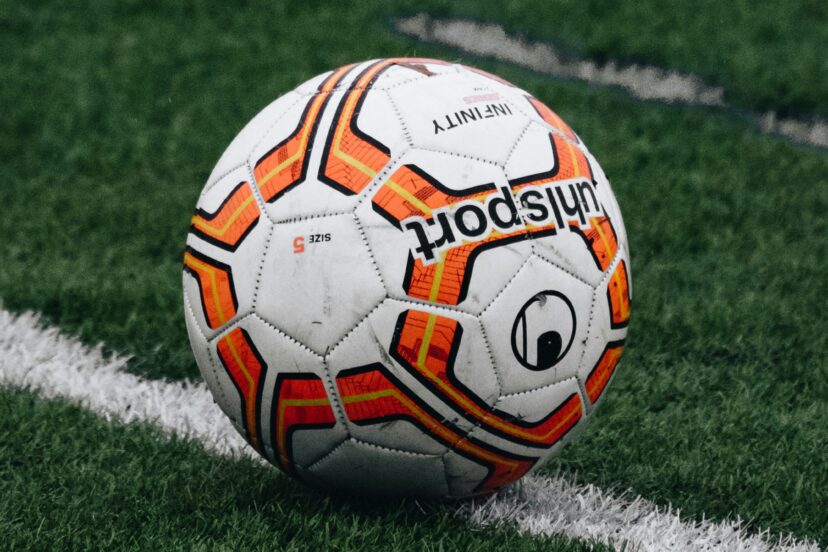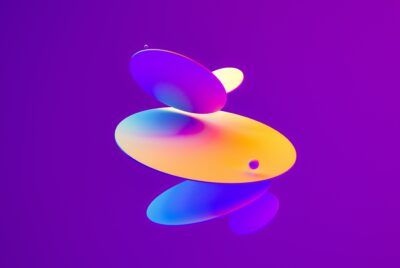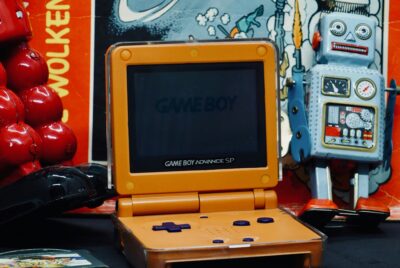How Do You Optimize Graphics Performance In A Game?
In “How Do You Optimize Graphics Performance In A Game?”, we delve into the essential strategies and tools to elevate our gaming experiences. From tweaking in-game settings and updating drivers to utilizing performance-boosting software, we explore every angle to ensure our games run smoothly and look stunning. We’ll also cover hardware upgrades and the importance of balancing visual fidelity with performance. Let’s embark on this journey together towards maximizing our graphics performance and transforming our gameplay into something truly exceptional. How do you optimize graphics performance in a game? Let’s dive into this intricate world and see what steps we can take to ensure our game not only runs smoothly but looks fantastic too. Graphics performance is crucial since it directly impacts the players’ enjoyment and overall experience. Ensuring optimal performance involves understanding both the hardware and software elements that drive a game’s visuals and framerate.
Understanding Graphics Performance
What is Graphics Performance?
Graphics performance refers to how well our game renders visual data to the player’s screen. It encompasses framerate (FPS), visual fidelity, and load times. Good graphics performance ensures a seamless and visually appealing experience, while poor performance can lead to latency, screen tearing, and other frustrating issues.
Importance of Optimizing Graphics
Optimizing graphics performance isn’t just about making a game look good; it’s about balancing visual quality with gameplay fluidity. Efficient use of graphics resources can make a significant difference, especially in crowded scenes or detailed environments. By optimizing, we enhance player satisfaction and can even open our game to a wider audience with varying device specifications.
Key Components Affecting Graphics Performance
Hardware Considerations
GPUs (Graphics Processing Units)
The GPU is the heart of graphics performance. Selecting the right GPU for our game requirements is fundamental. Higher-end GPUs can handle more detailed graphics but come at a higher cost.
| GPU Tier | Performance | Ideal For |
|---|---|---|
| Entry-Level | Low | Casual games, 2D graphics |
| Mid-Range | Moderate | Most modern games on medium settings |
| High-End | Excellent | AAA titles, high settings |
| Enthusiast | Exceptional | VR, 4K gaming, maximum settings |
RAM (Random Access Memory)
More RAM can help in rendering large and complex scenes efficiently. For gaming, at least 8GB is recommended, though 16GB or more is becoming standard for modern titles.
Storage (SSD vs HDD)
Loading times can significantly impact gameplay fluidity. SSDs offer faster read/write speeds compared to traditional HDDs, reducing loading times and improving texture streaming.
Software Considerations
Game Engine
Choosing a game engine that suits our project’s scope is vital. Popular ones like Unreal Engine and Unity offer a variety of tools to optimize graphics performance.
APIs (Application Programming Interfaces)
APIs like DirectX, Vulkan, and OpenGL control how our game communicates with the hardware. Optimizing API usage can result in smoother performance and better compatibility across different systems.
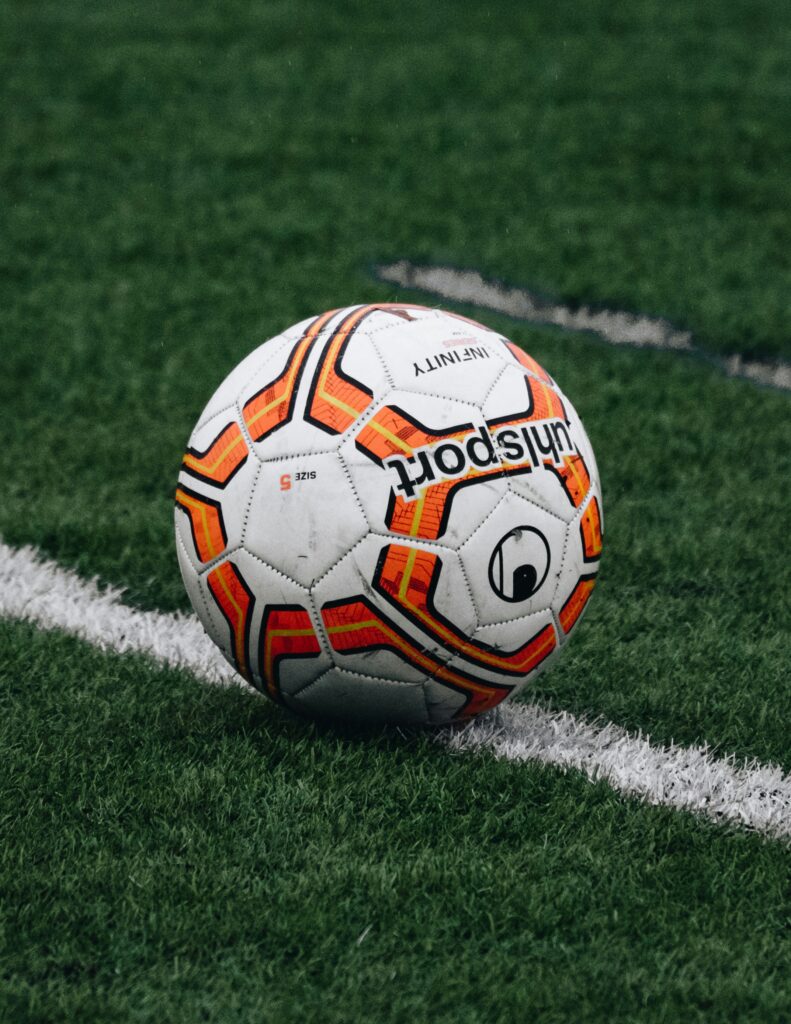
Steps to Optimize Graphics Performance
Profiling and Benchmarking
Before making changes, we need to understand our game’s current performance. Tools like NVIDIA Nsight, AMD GPU PerfStudio, and built-in engine profilers help identify bottlenecks.
Reducing Draw Calls
Draw calls are instructions sent from the CPU to the GPU to render scenes. Minimizing draw calls by combining meshes and using efficient rendering techniques can improve performance.
Level of Detail (LOD)
Implementing LOD involves reducing the complexity of distant objects. This technique ensures that high-detail models are only rendered when necessary, conserving resources.
Texture Optimization
High-resolution textures can drastically impact performance. We should compress textures without losing significant quality and dynamically load textures based on the player’s proximity.
Shader Optimization
Shaders control how surfaces are rendered. Optimizing shaders involves simplifying calculations, reducing complexity, and ensuring that they only process what is necessary for the current scene.
Culling Methods
Culling refers to techniques that prevent unseen objects from being rendered. Effective culling strategies include frustum culling, occlusion culling, and backface culling.
| Culling Method | Description |
|---|---|
| Frustum Culling | Discards objects outside the camera’s view |
| Occlusion Culling | Discards objects blocked by other objects |
| Backface Culling | Discards faces of objects that are not visible to the camera |
Lighting Optimization
Lighting can be a significant drain on resources. Using baked lighting for static scenes and simplifying dynamic lighting calculations can improve performance.
Particle System Optimization
Particle effects can be resource-intensive. Reducing particle count, optimizing spawn rates, and using GPU particle effects can help manage performance impacts.
Post-Processing Effects
While post-processing effects like bloom, motion blur, and ambient occlusion enhance visual appeal, they can also be costly. We should carefully balance these effects and use optimized versions.
Advanced Techniques for Graphics Optimization
Multi-threading and Parallelism
Leveraging multi-threading allows concurrent execution of tasks, improving efficiency. Engines like Unreal and Unity provide ways to implement multi-threading effectively.
Asynchronous Loading
Asynchronous loading can help in scenarios where loading is required without breaking immersion. This technique ensures assets are loaded in the background without noticeable pauses.
Memory Management
Efficient memory management prevents out-of-memory errors and ensures resources are available when needed. This involves preloading resources, managing garbage collection, and optimizing memory usage.
Hardware-Specific Optimizations
Different hardware has different capabilities. Tailoring optimizations for specific hardware, like consoles or specific GPUs, can maximize performance.
| Platform | Optimization Considerations |
|---|---|
| PC | Wide variation in hardware, need for scalable settings |
| Consoles | Fixed hardware, deeper low-level optimizations possible |
| Mobile Devices | Power and heat constraints, need for efficient resource usage |
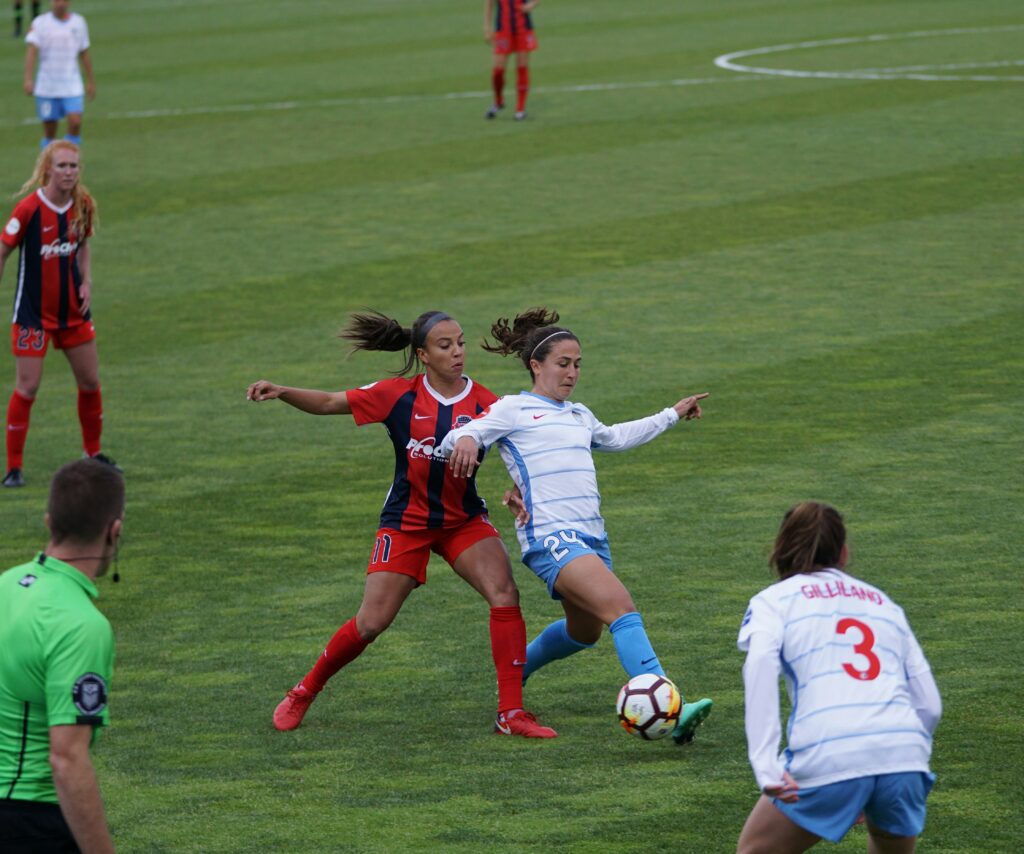
Testing and Debugging
Continuous Testing
Consistent testing throughout the development process helps identify and rectify performance issues early. Automated testing frameworks can assist in validating performance across different hardware setups.
User Feedback
Players can provide valuable insights into performance issues. Beta testing phases and community feedback are crucial for understanding real-world performance and making necessary adjustments.
Debugging Tools
Utilizing debugging tools like RenderDoc, GDebugger, and others helps us trace and resolve complex performance issues. These tools offer in-depth analysis and visualization of rendering processes.
Conclusion
Optimizing graphics performance is a multifaceted endeavor that spans hardware considerations, software choices, and a series of detailed optimizations. By carefully analyzing and addressing each element, we can ensure our game delivers a stunning visual experience without compromising on performance. The balance between high-quality graphics and smooth gameplay is achievable through careful planning, testing, and continuous improvement.
In our journey to optimize graphics performance, we have explored various techniques and tools that can make significant impacts. The key is to understand our game’s unique requirements and audience, and tailor our optimization efforts accordingly. By doing so, we ensure that players can fully immerse themselves in the worlds we create, enjoying both breathtaking visuals and seamless performance.
We hope this comprehensive guide has provided valuable insights into optimizing graphics performance in a game. Let’s get to work on making our games not only look incredible but run like a dream.

